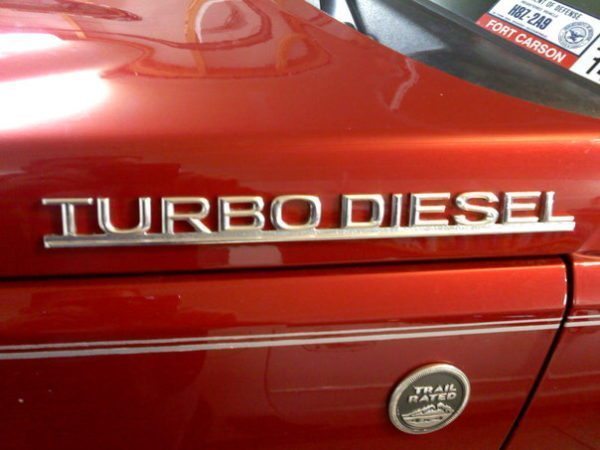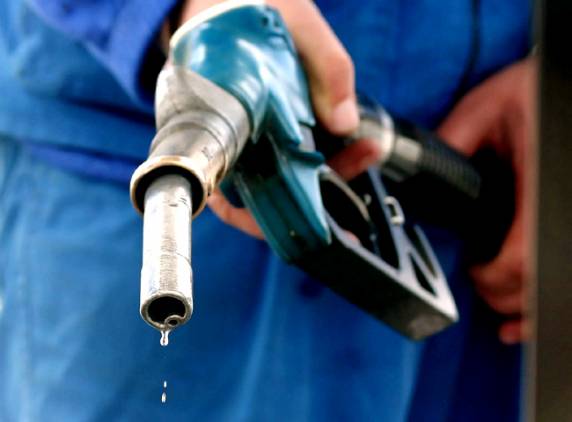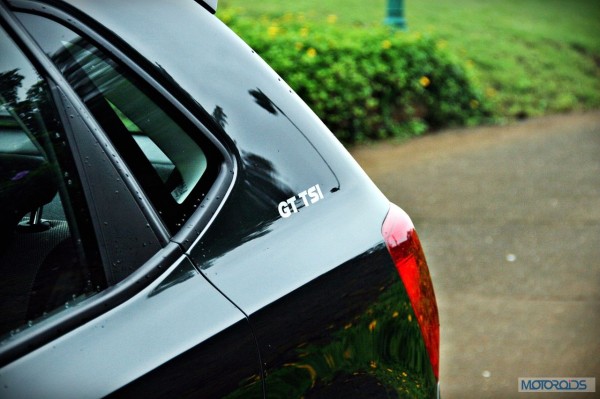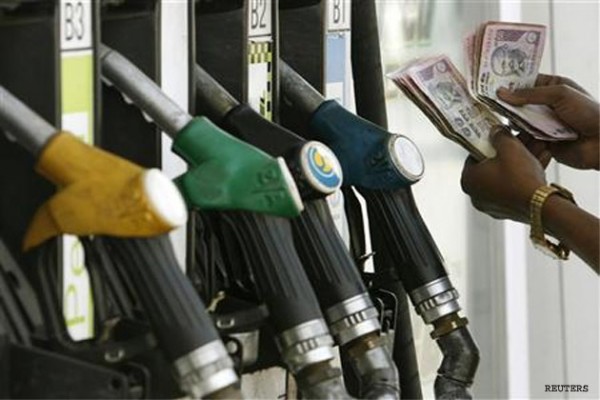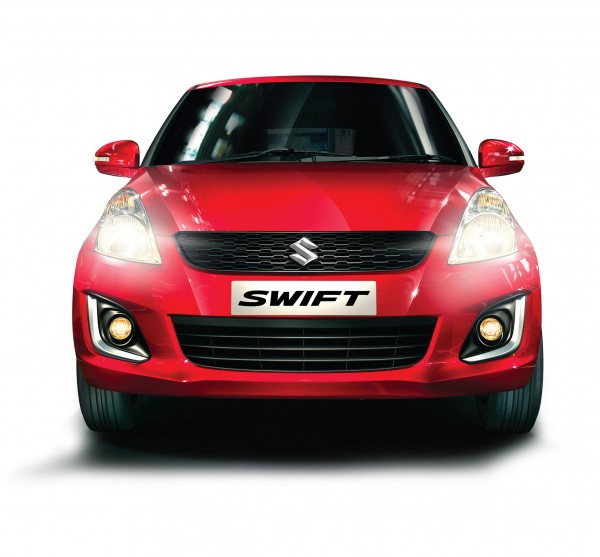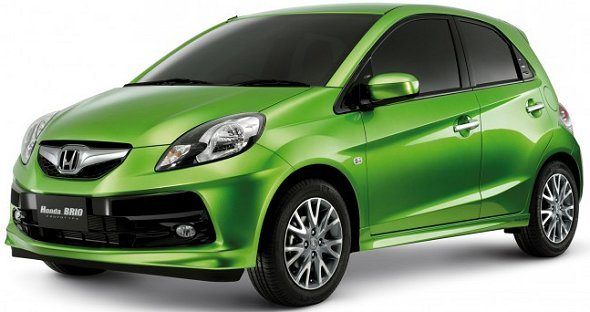I hate mathematics, to the point where even simple addition seems like a task. Now, I know that where i live, the difference between diesel and petrol pump prices happens to be around the Rs. 10 mark. With some additional assistance, I now understand that if your car is not going to cover too many kilometers during the ownership period, it doesn’t really justify paying a high premium for purchasing a diesel powered car when you can buy a petrol powered four-wheeler for a lot less and use the money saved towards fuel. After the deregulation of diesel prices, a lot of people have now begun to agree with this logic and according to JD Power, are shifting towards purchasing a petrol powered car.
According to Mohit Arora, Executive Director, JD Power APAC, manufacturers and their dealers might now face the challenge to convince customers to buy a diesel powered car for its merits of higher economy and torque as opposed to cost of operations, which used to be the USP until now, as buyers increasingly opt for petrol cars over diesel in a scenario where both fuel prices are market-determined. In a market where one of the chief motivations to buy a diesel car was its price differential with petrol, which was as high as 58 percent in 2011-12, it has fallen by over half to 26 percent in 2014.
On other aspects of the shift in fuel preference, JD Power Asia’s research has shown that going by the age of the driver, those in the age group of 25 and under opting for petrol has gone up, so too for people in the monthly expenditure bracket of Rs 20,000 per month. As has been the case even before, those on shorter runs have preferred petrol at 62 percent as against 35 percent for those on long runs.
On the other hand, while diesel vehicle sales in India have increased over the past five years, quality has also improved as the number of problems new-vehicle owners are reporting with their diesel vehicles have decreased significantly, according to the J.D. Power 2014 India Initial Quality Study (IQS) StudySM released today. The study, now in its 18th year, measures problems owners experience with their new vehicle during the first two to six months of ownership and examines more than 200 problem symptoms covering eight vehicle categories (listed in order of frequency of reported problems): engine and transmission; vehicle exterior; driving experience; HVAC; features, controls and displays; vehicle interior; seats; and audio, entertainment and navigation. All problems are summarized as the number of problems per 100 vehicles (PP100). Lower PP100 scores indicate a lower rate of problem incidence and higher initial quality. Diesel vehicle sales in India have increased by 16 percent in 2014, compared with 2010, while initial quality has improved as the number of problems with diesel vehicles have decreased to 96 PP100 in 2014 from 148 PP100 in 2010.
The study finds that the median kilometers driven by diesel vehicle owners in India have decreased in 2014 by 22 percent since 2010. This reduction in usage has contributed to a 24 PP100 decrease in usage-related problem symptoms such as doors are hard to open or door handle is broken/not working (24 PP100 in 2014 vs. 48 PP100 in 2010). “Overall, the industry has made significant strides on improving the quality of diesel vehicles, especially on core vehicle systems,” said Mohit Arora, executive director, J.D. Power Asia Pacific, Singapore. “However, with the development of public transportation in India, coupled with an increase in carpooling, owners are driving fewer kilometers, helping to reduce the number of overall problems with diesel vehicles.”
Key Findings –
- The entry compact segment improves by 48 PP100 in 2014, compared with 2013, while the MUV/ MPV segment improves by 25 PP100 and the SUV segment improves 20 PP100.
- The number of reported problems among new-vehicle owners who receive an explanation of their vehicle’s operation features at the time of purchase is 94 PP100, compared with 183 PP100 among those who do not receive an explanation.
- Among owners who say they have experienced fewer problems than expected, 79 percent indicate they intend to retain their current vehicles for five years or longer. In contrast, only 58 percent of owners who say they have experienced more problems than expected intend to retain their vehicles for the same period.
- Vehicle owners who experience fewer problems than expected are nearly twice as likely to recommend their model to family and friends as owners who experience more problems than expected.
- New-vehicle owners tolerate a 2 to 3 kilometers per liter (KMPL) variance from what their dealer communicated they should expect from their vehicle. Vehicle owners might allow 2 to 3 KMPL less than what their dealer communicated but when the variation exceeds that range they tend to indicate a fuel consumption problem.
2014 India Initial Quality Study Rankings
Maruti Suzuki and Hyundai have two models each that rank highest in their respective segments. The Maruti Suzuki Alto 800 ranks highest in the entry compact segment with 97 PP100, and the Maruti Suzuki Swift ranks highest in the premium compact segment with 78 PP100. The Hyundai i10 ranks highest in compact segment with 84 PP100, and the Hyundai Xcent ranks highest in entry midsize segment with 86 PP100. Honda Brio ranks highest in the upper compact segment (40 PP100); the Ford Ecosport ranks highest in SUV segment (92 PP100); the Škoda Rapid ranks highest in the midsize segment (51 PP100); and the Toyota Innova ranks highest in the MUV/ MPV segment (64 PP100). The 2014 India Initial Quality Study (IQS) is based on evaluations from 8,429 vehicle owners who purchased a new vehicle between November 2013 and July 2014. The study includes 73 vehicle models from 17 makes. The study was fielded from May 2014 to September 2014 in 30 cities across India.

